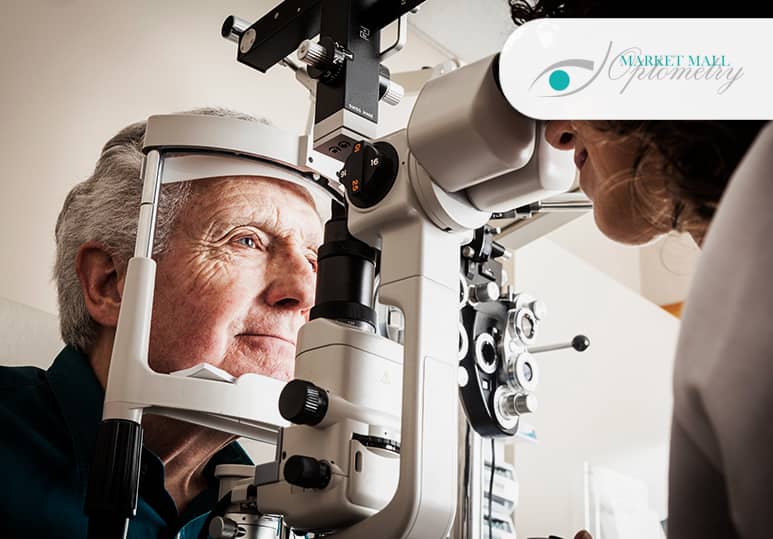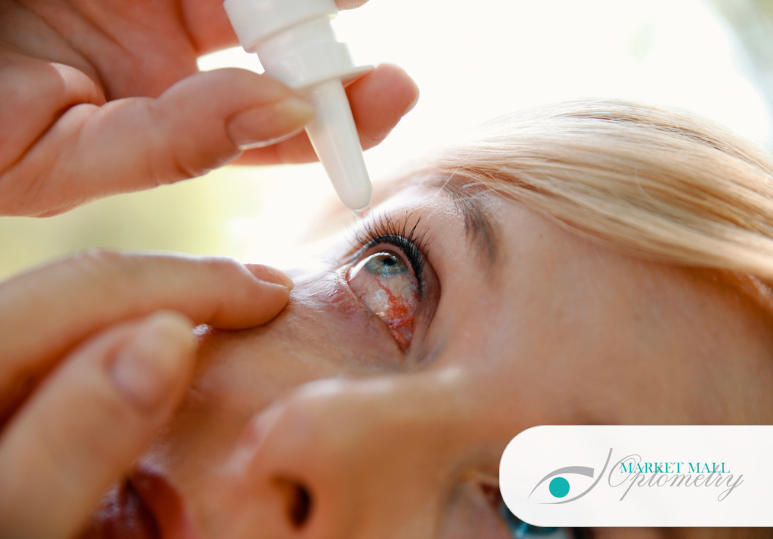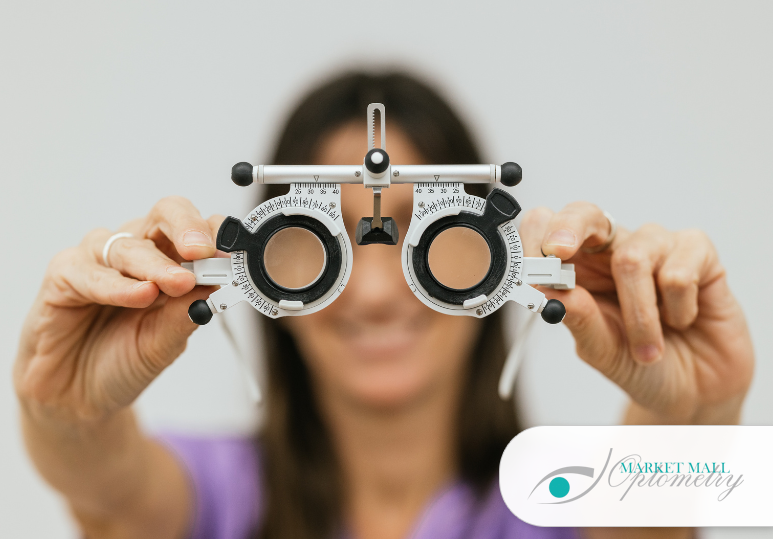What To Know About Age-Related Macular Degeneration
Types. There are two types of AMD: dry and wet.
- Dry AMD, also called atrophic AMD, is when the macula becomes thinner over time. This takes place over three stages: early, intermediate, and late. Early dry AMD progresses slowly over several years and is not reversible, however, its progression can be slowed when diagnosed and treated early. Sometimes, dry AMD evolves into wet AMD.
- Wet AMD, or advanced neovascular AMD, is caused by the growth of abnormal blood vessels in the back of the eye that leak fluid or blood into the macula. Wet AMD can progress faster than dry AMD but wet AMD has treatments available, typically in the form of eye injections.
Symptoms. Early stage dry AMD has no symptoms and intermediate stage dry AMD typically has no symptoms or just a few symptoms such as mild blurriness occurring in central vision and difficulty seeing in low light. In late stage AMD for either wet or dry AMD, straight lines can appear wavy and there may be a blurry area in the center of your vision. Over time, this blurry section can increase in size or patches of your central vision can become blank. You will likely struggle to see in low light, colours may become less vibrant, and fine details may become difficult to discern. Facial recognition often becomes difficult when AMD progresses into the late stage.
Risks.
- Age. As the name would suggest, age-related macular degeneration tends to happen as we age, with the chances of developing the disease increasing after age 55.
- Genetics. AMD is partially hereditary, so if a direct family member has it you are at higher risk.
- Smoking. Smoking and being around second-hand smoke increases your risk.
- Drusen. These are small yellow retinal deposits of proteins and lipids. People with drusen, particularly large drusen, are at a higher risk of developing AMD.
- Obesity. This can increase your risk of early or intermediate AMD progressing to late stage AMD.
- Cardiovascular Disease. Any disease that has affected your heart or blood vessels puts you at higher risk for AMD.
Visit A Calgary Optometrist To Screen For AMD
To detect AMD early and stop or slow its progression, get regular eye exams. Eye exams not only keep your prescription up to date, they also observe the health of the eyes and can catch diseases such as AMD before symptoms present. Senior eye exams are particularly important to keep up to date with, as seniors are at a higher risk for AMD and other eye diseases such as cataracts or glaucoma. For a comprehensive senior eye exam in NW Calgary, book an appointment with Market Mall Optometry at 1-403-286-4884 or fill out the online contact form. Our experienced eye doctors are trained to conduct specialized seniors eye exams to give our clients the best experience possible.
FAQ
Q: Is AMD curable?
A: It is not. When caught early, there are ways to slow the progression of AMD. Wet AMD can be treated with injections to help reduce swelling of the blood vessels and halt the progression to the point where the AMD is deemed inactive.
Q: Does Alberta Health cover eye exams?
A: Alberta Health Care Insurance Plan (AHCIP) covers annual eye exams for children aged 0-18 and for adults aged 65 and up. The province's health insurance plan also provides coverage for all emergency visits to an eye doctor.
Q: What is included in a senior’s eye exam?
A: Our senior’s eye exams include screenings for sight changes related to aging and eye conditions that affect a high proportion of seniors. We can help our senior eye care patients monitor whether they have had any changes in their vision as a result of medication side effects. The senior eye exams test:
- vision
- coordination of eye muscles
- peripheral vision
- pupil response to light
- measurement of fluid pressure in the eye





